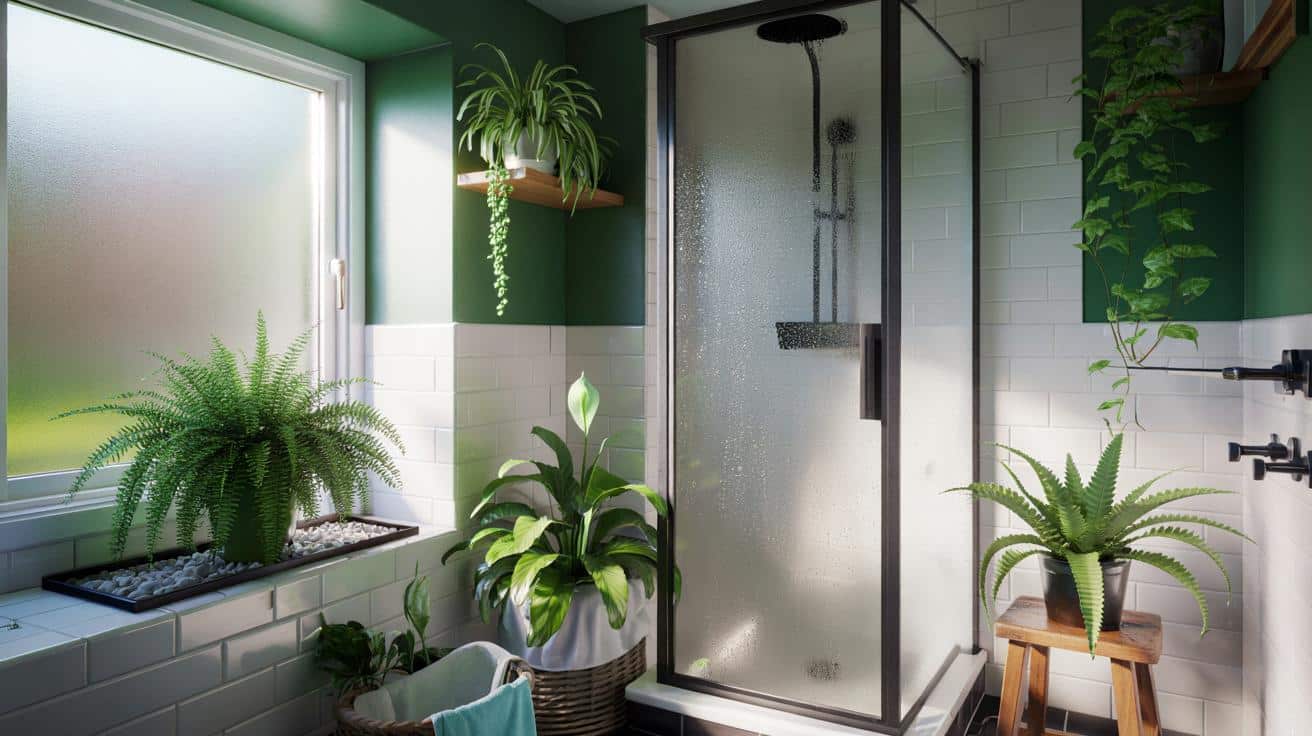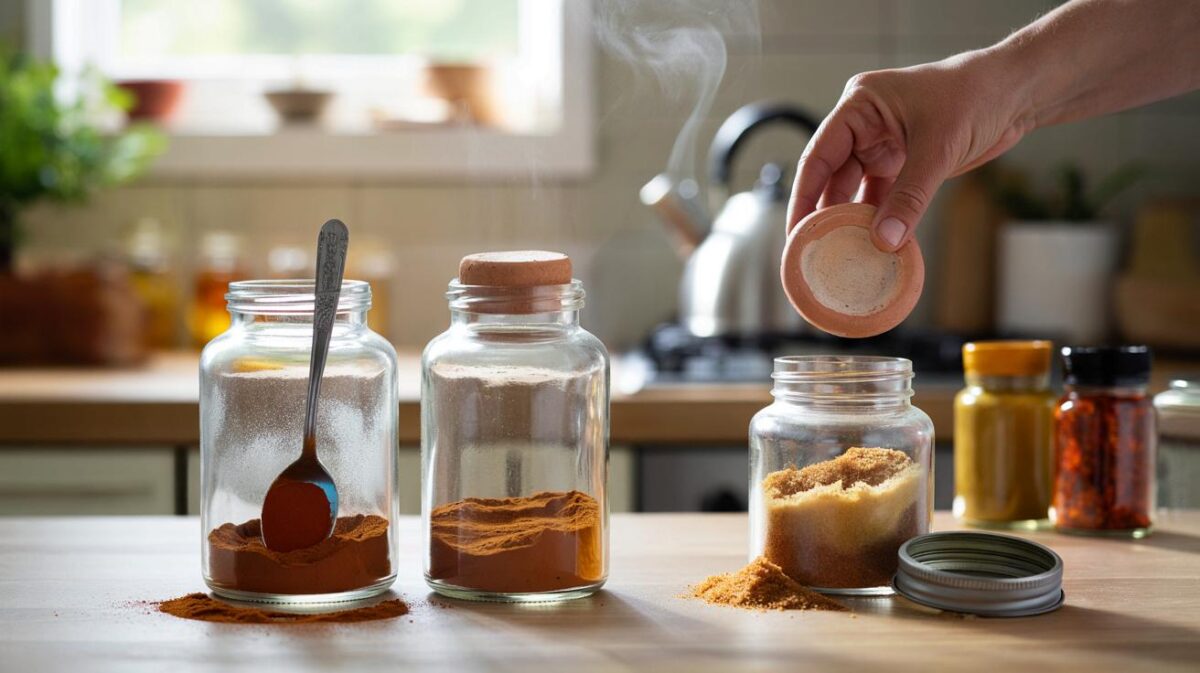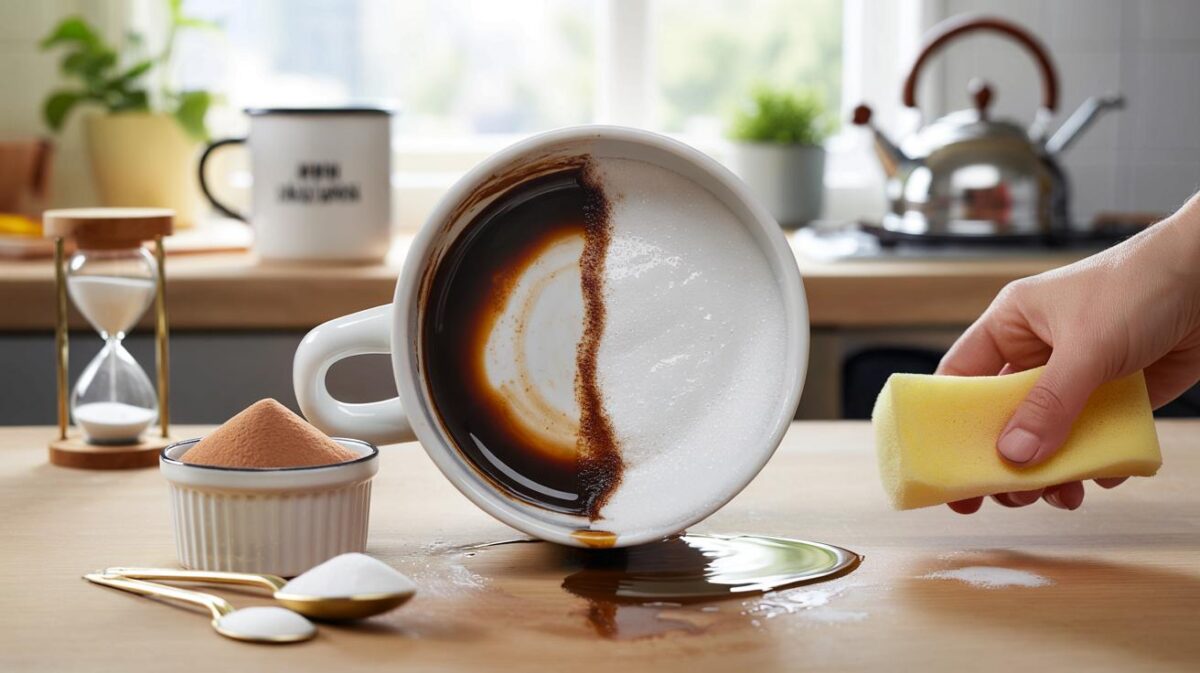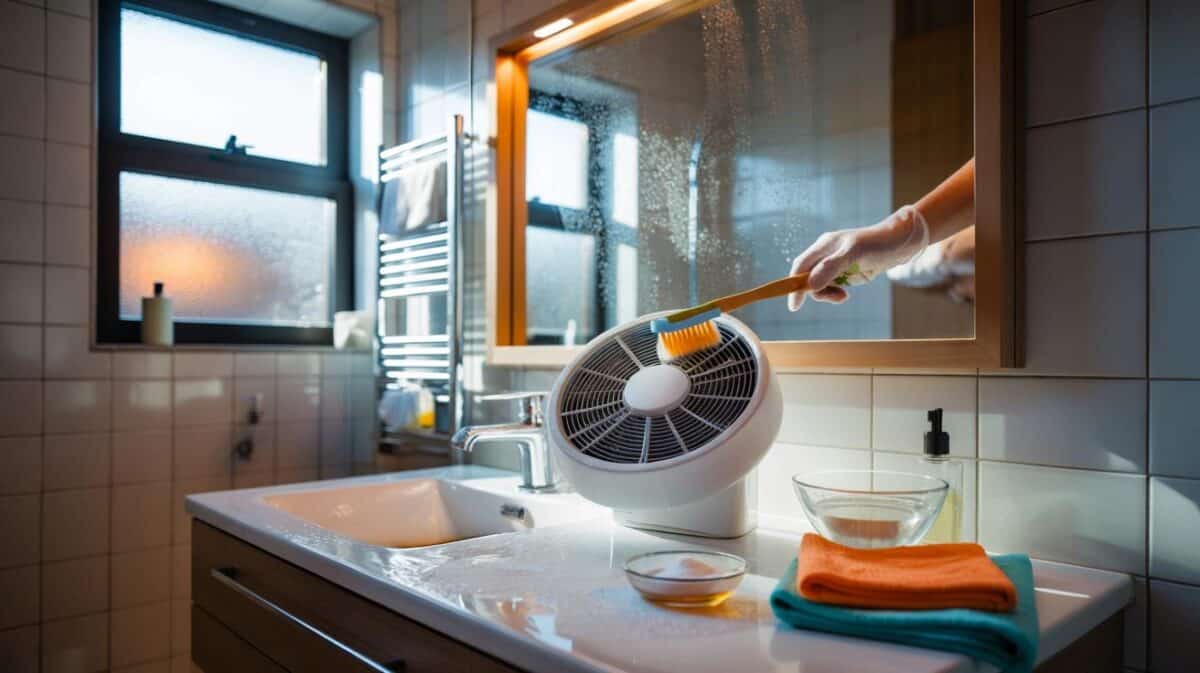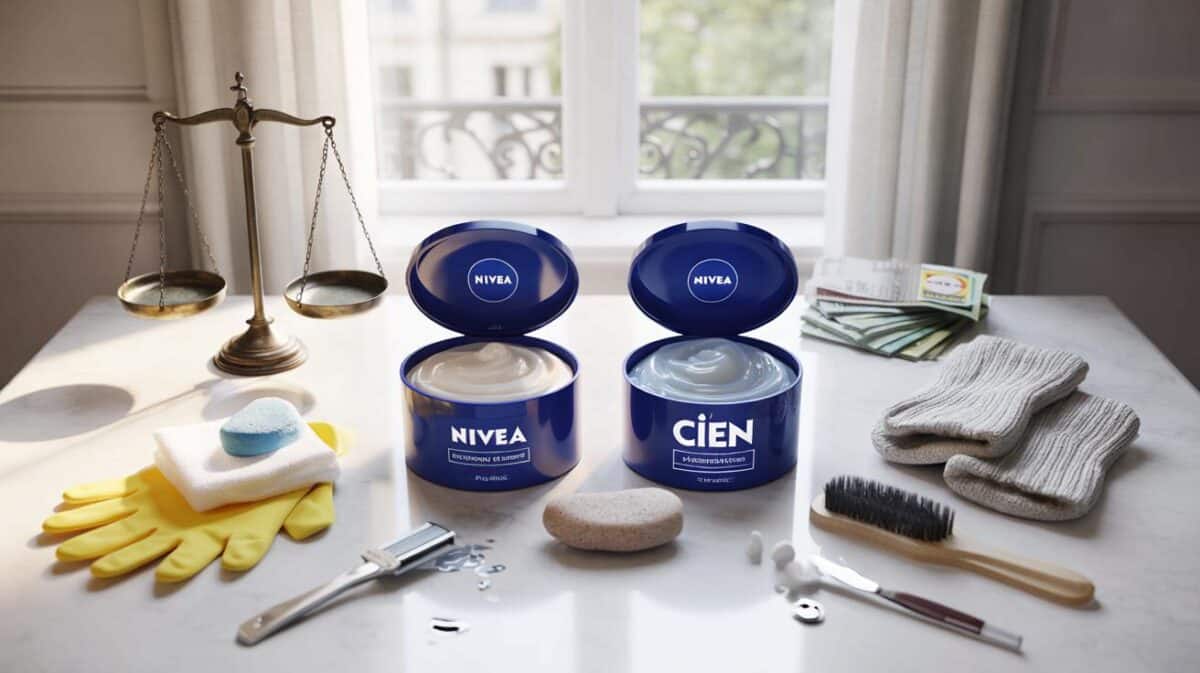A quiet, low‑tech fix is rising in British homes.
From Peckham flats to suburban semis, households are turning to bathroom‑friendly plants to tame condensation, lift lingering odours and speed up drying. These species like steam, tolerate weak light, and ask little back. Place them well and they chip away at the daily damp that makes mornings drag.
Why bathroom plants change the morning rush
Steamy rooms are hostile to many houseplants, but a small group thrives on moisture. Their leaves and potting mix trap excess vapour, while regular transpiration nudges a humid microclimate away from peaks that mist your mirror. As that swing reduces, textiles dry faster and stale air feels lighter. You still need an extractor or a cracked window, yet plants smooth the spikes that feed mould and whiffs.
Pick species that enjoy 50–70% relative humidity and low to medium indirect light. Group them and the effect multiplies.
Humidity‑loving ferns relish warm steam after showers. Structural evergreens, like snake plant, keep going in dim corners. Trailing ivy and pothos types draw the eye upwards, away from cramped floor space. Add a peace lily near the laundry basket and you address the whiffy zone that bothers you most.
Seven species that thrive in steamy rooms
| Plant | Light | Humidity sweet spot | Air/odour help | Pet‑safe |
|---|---|---|---|---|
| Boston fern (Nephrolepis exaltata) | Low to medium, indirect | 50–70% | Loves steam, helps stabilise moisture | Yes |
| Peace lily (Spathiphyllum) | Low to medium, indirect | 50–70% | Good near musty spots and laundry | No |
| Spider plant (Chlorophytum comosum) | Low to bright, indirect | 40–60% | Robust freshener, easy offsets | Yes |
| Snake plant (Sansevieria/Dracaena trifasciata) | Low to medium | 30–60% | Steady, tolerates drafts and missed waterings | No |
| English ivy (Hedera helix) | Medium, indirect | 40–70% | Elegant trailer for shelves | No |
| Aloe vera | Bright, indirect | 40–50% | Sucks up light splashes, stores water in leaves | No |
| Bird’s nest fern (Asplenium nidus) | Low to medium, indirect | 50–80% | Broad fronds slow drips, loves steam | Yes |
Placement that actually works
Think zones. Steam rises and curls around warm corners, so target shelves near the shower, the bath end, or the window ledge with filtered light. Keep leaves 30–60 cm from direct spray. Trailers like ivy hang well above splash height. Snake plant copes on the floor by the bath. Peace lily earns its keep near the laundry basket where odours linger.
- Group 3–5 small pots together to build a forgiving microclimate.
- Use a shallow tray with pebbles and water under ferns to boost local humidity without waterlogging.
- Rotate pots a quarter‑turn each week for even growth in low light.
- Avoid cold draughts under windows and harsh sun patches that scorch leaves.
Small bathroom under 4 m²? Two medium plants or four small ones usually make a visible dent in post‑shower mist.
Care that fits busy schedules
Bathrooms feel wet, yet potting mix often dries quickly due to warmth. Check soil with a finger to 2 cm depth. Water when it feels dryish, then drain sinks and saucers fully. Most ferns and peace lilies like a drink every 7–10 days. Snake plant and aloe can sit 10–21 days between waterings. If leaves yellow and feel soft, ease off the water and nudge the plant to brighter light. Crisp tips mean the air sits too dry or fertiliser has built up.
Keep it simple with a five‑minute weekly routine.
- Wipe leaves with a damp cloth to remove dust that blocks moisture exchange.
- Flush each pot once a month in the shower to clear residue, then drain well.
- Top up mix with peat‑free compost plus perlite for drainage; add orchid bark for ferns.
- Feed lightly from March to September at half strength, once a month.
- Snip brown fronds early to prevent rot spreading in humid corners.
What plants cannot do
They do not replace ventilation. Run an extractor for 10–20 minutes after showers, or crack a window for five minutes to swap air without freezing the room. Aim for 40–60% relative humidity most of the day. A £6 digital hygrometer removes guesswork and shows you when to run the fan longer. If mould already marks grout, scrub it off before you start; plants perform better in a clean baseline.
Cost and a quick starter kit
You do not need designer planters. A high‑street haul under £40 sets you up.
- 1 spider plant baby (£0–£3 if gifted, £6–£8 in shops)
- 1 Boston fern (£8–£12)
- 1 peace lily or bird’s nest fern (£9–£15)
- 2 basic ceramic cachepots with drainage saucers (£3–£6 each)
- Peat‑free mix plus perlite (£5–£7)
If pets roam freely, swap the peace lily for a pet‑safe option such as bird’s nest fern or a larger spider plant. Hang ivy out of reach or skip it entirely. Check labels: many bathroom classics look similar on a shelf but differ on safety.
Safety, risks and smart add‑ons
Peace lily, ivy, aloe and snake plant can irritate pets or children if chewed. Keep them high or choose alternatives. Avoid pooling water in saucers, which invites fungus gnats. If you spot tiny flies, let soil dry a little deeper and cover the surface with a thin layer of horticultural sand. Good drainage holes and a free‑draining mix prevent root rot in rooms that swing from hot showers to cool nights.
Pair plants with simple moisture control. A door‑hook towel rail spreads fabric so it dries twice as fast. A squeegee swipe on tiles cuts evaporation time. If your fan struggles, a mini dehumidifier run for 30 minutes after showers lowers peaks quickly; plants hold the gains between runs. Set a small challenge: measure RH this Sunday, add two plants, then check again next weekend. Many households report a 5–10 percentage point drop in peak humidity and clearer mirrors within two weeks.
Want a quick layout plan? For a 2 m by 2 m bathroom, place a Boston fern on the window ledge, a spider plant on a high shelf, and a peace lily or bird’s nest fern by the laundry basket. Add a snake plant by the bath panel if you have floor space. Keep every pot at least 20 cm from the radiator. That simple map spreads moisture control across the room without clutter.
If you already battle mould, focus on prevention once you clean it: run the fan consistently, seal small grout cracks to block moisture pockets, and prune plant leaves so air can move. Plants then become part of a reliable routine, not a gimmick. In a month, you should see less mirror fog, fewer musty patches and towels that feel drier before work.
